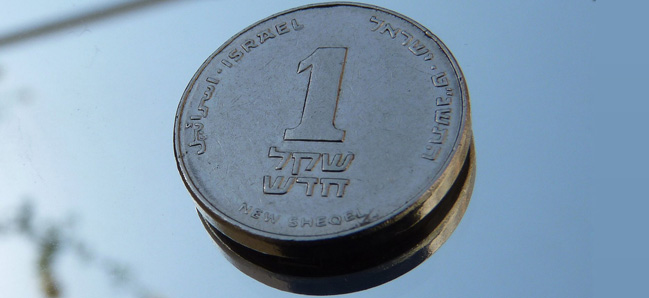
A report by NIF grantee the Adva Center uncovered apparent discrimination in Israel’s salary structure. According to the findings, Ashkenazi Jews earn significantly more than Mizrachim, while Arabs earn even less on average. Ashkenazim earned 42%more than the average urban worker in 2012, while Mizrachim earned only 9% more than the average, which still represents an improvement. Arabs earned 34% below the average, continuing the decrease in their average salaries from previous years.
Ariane Ophir, a research assistant at the Adva Center, said: “The gap between Ashkenazim and Mizrachim is explained by different educational levels and occupations, but also by discrimination and different opportunities and starting points of each ethnic group in the Israeli labor force.”
According to the study, “Inequality is recognized around the world as a social and economic threat. Not so in Israel. Here, the government chooses to deal – or more accurately, not to deal – [with inequality] through commissions targeting pinpoint issues: the Trajtenberg Committee [on the high cost of living], the committee on economic concentration, or the committee for the war on poverty . . . inequality is a macro-economic and macro-social issue that must be dealt with through highest-level governmental and economic [policy].”
In 2012, the average woman’s monthly wage was only 66% of a man’s, although that is partially explained by the fact that women are more likely to work part-time or in temporary jobs. On an hourly basis, they earned 84.9% of what men did.
In good news, last week, a law forcing government authorities to publish detailed reports on gendered wage gaps passed its second and third reading. According to the law, managers will be required to analyze their salary data by gender, and to act upon the results. Read more on that story here.
Photo Credit: “Shekel (sheqel)” by Flickr user zeevveez.
